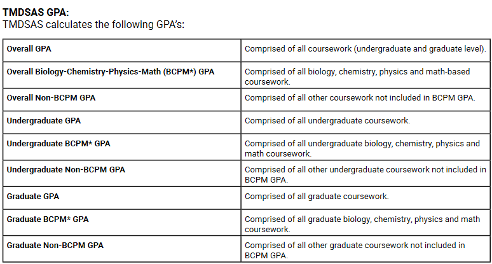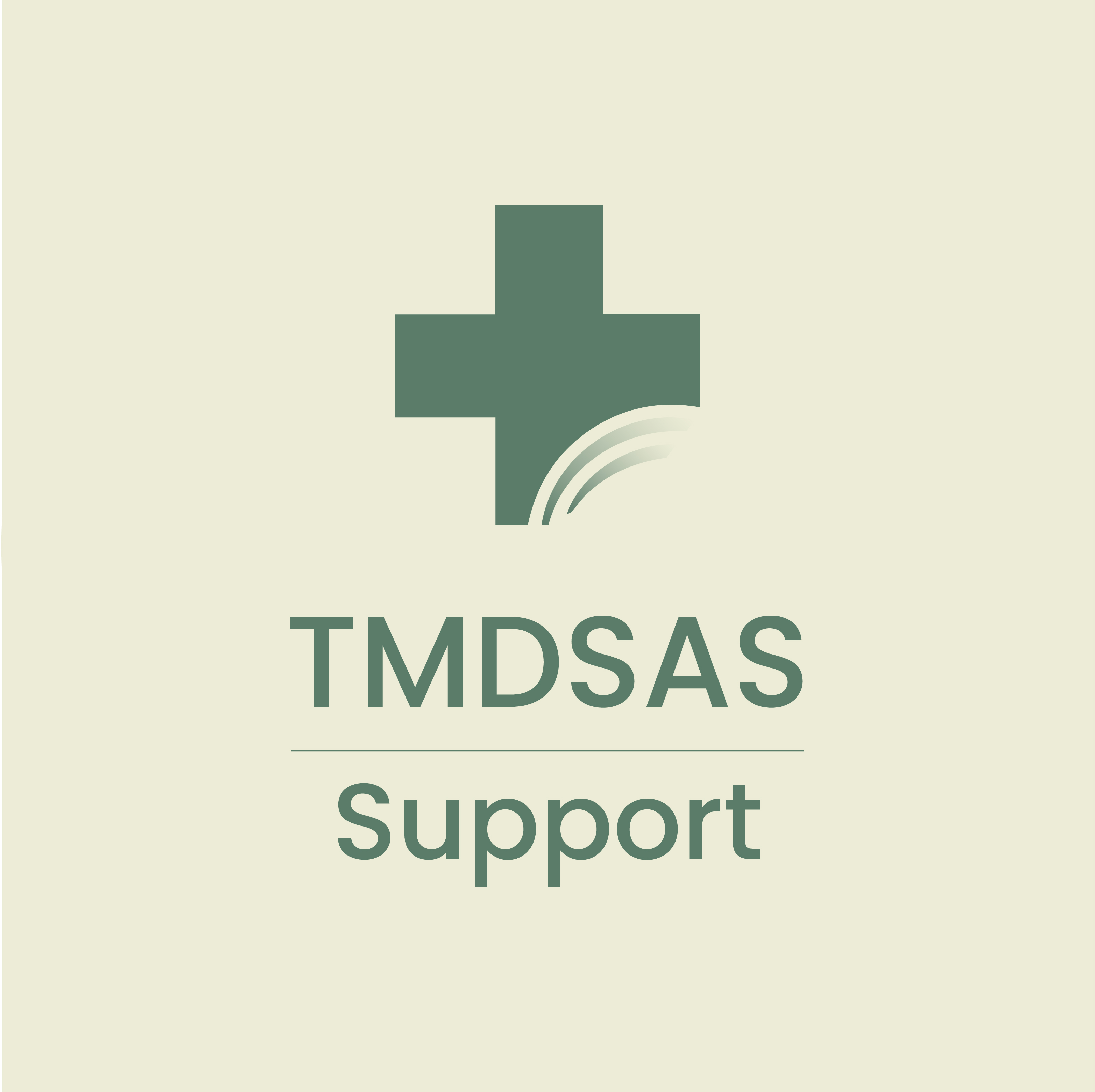How to Read Your PCR
You used the articles on topics such as entering AP credit and understanding the different
course coding options and have finished and submitted your application. A few weeks
have passed, and now you receive an internal message in the Application Portal that
reads: “Congratulations, your application has been transmitted to schools”. The message
indicates something about viewing the PCR, but what is that, and what does that mean?
As part of the article series Entering Coursework, this article will help you understand the PCR report is and why it is important
to catch deficiencies, if any, sooner rather than later!
What is the PCR?
PCR stands for Prescribed Coursework Report. It is a summary page of all the courses
that meet the pre-requisite requirements and will only show your pre-requisite courses.
This report will not display courses that were coded as Other Science, Non Science,
CAL, or Math. Use this report to review that you have or will meet the required coursework by
the time you matriculate (start professional school). You can view a sample PCR page
here to know where to locate specific information that will help you read the PCR.
The Reviewing Your Prescribed Coursework Report (PCR) page clarifies general questions about understanding the PCR report, the Pass/Fail grading policy during COVID-19, and how to resolve any deficiencies. Remember, TMDSAS can make changes if courses
are coded incorrectly, and they will be coded according to the guidance provided by
our member institutions to fulfill their pre-requisite requirements.
How do the schools review my PCR?
The PCR is used by TMDSAS and its member institutions to easily show if an applicant
is deficient in any of the prescribed coursework areas. It is important to note that
the PCR is calculated based on the general common Education Requirements for all TMDSAS member institutions. It does not change based on specific requirements
one school may have.
Keep in mind that the schools can view all your coursework in the [College Coursework] section to view courses not listed on
the PCR! This includes courses that are school specific requirements. For example,
Animal Science for veterinary schools. The schools can also view courses coded as
pre-requisites but have a grade of Pass/Satisfactory/Credit grade due to the pandemic.
As long as these courses are coded as a pre-requisite, they will count as a pre-requisite.
Check out Reviewing Your Prescribed Coursework Report (PCR).
No action is needed from you to take in either of these situations.
My application has already been transmitted to the schools. Will they see I am deficient
and not review my application?
Do not worry! The schools will not “toss out your application” if they see you have
deficiencies (We promise they are not out to get you). The schools understand that
applicants will resolve the deficiencies by submitting a course appeal, or plan on
taking courses in the future. Therefore, updating your future coursework grades and
changing them from the ‘NY’ to a letter grade upon completion is crucial to ensure
your deficiencies are cleared out. When there is an update made with your coursework
on the application, the updates are automatically sent to your selected schools.
Additionally, you can reply to your Applicant Liaison’s message to ask about your
deficiencies. Your Applicant Liaison is the TMDSAS team member who sent you the initial
message letting you know your application was transmitted and to review your PCR.
They have reviewed your application and are knowledgeable in coursework. If something
was changed, it was because the course(s) did not meet the pre-requisite requirements
and thus were coded incorrectly. You are welcome to appeal this decision by following
the instructions listed in the Submitting Appeals to TMDSAS section.
My PCR shows that I am 0.6 hours deficient in many areas. What can I do to resolve
this?
Fractional deficiencies (e.g., 0.6 hours deficient in CHEM LEC or CHEM LAB) are due
to the quarter system conversion for certain schools, and they are usually not a cause
for concern. A deficiency may be due to the unique course sequence that a school follows
within that department, which is why some of your courses might be coded differently
than you were expecting. This is a common occurrence with applicants from UC schools
and others on the quarter system. Please note that the TMDSAS institutions are familiar
with these unique course sequences. There is no action recommended for you to take
in these situations.
How are GPAs calculated by TMDSAS and why are they different from my transcript/personal
calculations?
TMDSAS follows the guidelines set forth by The Texas Coordinating Board for Higher
Education for calculating the GPA for students seeking admission to a graduate or
professional school in the state of Texas. All institutions must follow these guidelines.
You can view these guidelines in the General Guidelines for Applicants section of the TMDSAS Policies.

The TMDSAS GPA breakdowns can be reviewed in the [Status] page in your Application
Portal. Please note that your GPA breakdown can change from the time you submit your
application to when you were notified that your application was transmitted. Some
of the reasons why the TMDSAS GPA calculation may be different from your undergrad
transcript or your own calculations are:
TMDSAS calculates all course attempts (courses that you repeated) into your GPA even
if your institution has excluded your first attempt in your GPA.
PB – Post Baccalaureate courses will be included in the undergraduate GPAs.
Perhaps you manually entered your U.S. institution instead of selecting from the drop-down
menu. The application system reads any school name entries that are manually entered
as foreign institutions. Therefore, your coursework will not be calculated in the
GPA. Please send a message to TMDSAS so this issue may be resolved.
To sum things up, the PCR is not something to fear. In fact, it is a helpful report
to ensure you resolve any deficiencies as soon as possible rather than later. Especially
right before matriculating and have the deficiencies prevent you from enrolling in
your professional courses. Some situations do not require any action as they will
simply not show up on the PCR, such as specific course requirements and courses with
a Pass/Satisfactory/Credit grade. Additionally, quarter hours can make these deficiencies
look a bit funky but are not usually a reason for concern. Just know that even with
a different GPA calculation, deficiencies and even course appeals, your Applicant
Liaison is the best point of contact and here to help you.

About the author: The TMDSAS Support team is here to help address your questions about how to get through the application to the schools quickly and easily.




